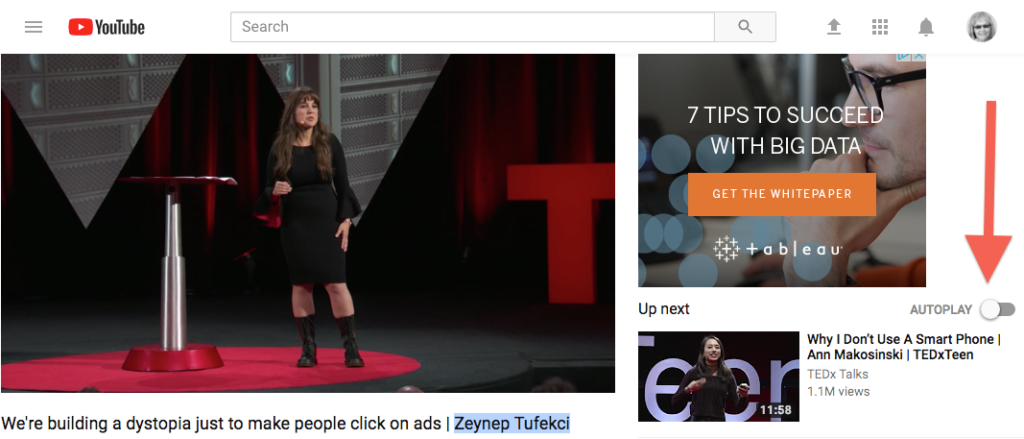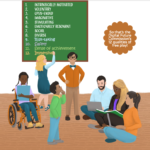
I’ve been thinking about footprints…digital footprints.
Footprint—it’s an interesting metaphor for the traces of our lives online. As a metaphor, it speaks to me of the trail we leave behind as we move across and through the networks. It’s looking back at where we’ve been.
Perhaps a more future-looking metaphor might be storytelling. How do we tell our personal and family stories online, and what are our kids learning from us about how to tell their own stories?
I have one friend who started a WordPress blog when his child was born. In true storyteller style, he gave the blog a name that has a clear theme in the title: Adventure. You know right off that this is going to be about the life adventures of a new human. The blog has a unique domain name…with a playful title out of a storybook. Posts are simple: one photo with a caption. I think when this little boy gets to an age when he can choose the story he wants to tell about himself online, this blog will give him a good foundation. He’s going to see he had some great adventures when he was growing…lots of play, with friends he loves, and parents who really care about him.
Let’s look at the platform used to tell his story. To begin, his parents own the domain. They’ve minimized any personal details by using character names. By hosting their own WordPress blog, they are more in control of their content and less at the whims of the giants of commerce. Contrast this with Facebook where facial recognition can be used today (details in the link on how to opt out) on any photo whether the person is tagged in it or not. By the time our Adventure Hero is able to direct his own story online, he’ll be carrying some great modeling for stepping into active and responsible Creator Mode.
Clearly there’s no right way here. But research shows that in our efforts as parents and caregivers to caution our children about the traces we leave online, we tend to focus solely on safety, and neglect supporting young people in the positive ways they might tell their stories and curate their activities and interests. That support begins with how we as parents and caregivers tell our own stories.
I’d love to hear. Here’s an invitation…How are you telling and sharing your family stories online? Have you seen examples of other families sharing their stories that you appreciate? Where do you draw the lines about what to share? Write me (use the Contact form) to let me know how you’re thinking about telling your stories and helping your kids tell theirs online.

Mindful Technology tip: Open Zeynep Tufekci’s TED talk on YouTube. Find the autoplay button on the right. If it is set to Autoplay (which it probably is), turn it off. The next time you watch a video, notice the difference. If you have a tween or teenager in the house who watches YouTube videos, talk about the Autoplay default and suggest turning it off so they can be more intentional about their media viewing.
What I’m watching: Zeynep Tufekci on data capture, targeted advertising, and persuasive (digital) architecture. Zeynep Tufekci is an associate professor at the School of Information and Library Science at the University of North Carolina at Chapel Hill, and a faculty associate at the Harvard Berkman Center for Internet and Society. If you have a teenager and you are currently having a weekly family conversation about technology, Zeynep’s 23-minute talk on artificial intelligence and machine learning algorithms is really good material to watch together for an engaging conversation afterwards. (Here’s one of the ProPublica investigations she references.)
What I’m reading: Altered Traits: Science Reveals How Meditation Changes Your Mind, Brain, and Body by Daniel Goleman and Richard J. Davidson.
Next up: I’ll review Social Media Wellness: Helping Tweens and Teens Thrive in an Unbalanced Digital World by Ana Homayoun. Meanwhile, here is a preview in the Washington Post.


